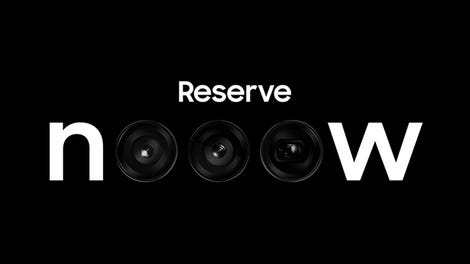
With so many devices (and their various accessories) needing to be charged—not to mention the lights, appliances, and others electronics that need to remain plugged in—your cords and cables situation is probably out of control. Keeping cables neat and well organized is toughwhether it’s for the stuff you use every day, or the battery charger for an emergency flashlight you use twice a year.
There are some tricks you can use to keep things tangle free, however. Here are a few of the best.
Store your cables separately and keep them organized
When it comes to storage for cords you don’t keep plugged in, storing them separately is a must. The more they interact with each other, the more chances they have to get tangled up, even when just sitting in a drawer. You can buy a special case with elastic pockets that keep cords perfectly organized, but you can also use a tackle boxa jewelry organizeror a hardware box you already have around to get the job done. Anything with compartments sized for small parts will work, so you can get creative with what kind of organizer you use.
Labeling is key
The real game changer when you’re storing cables that aren’t in use: Label everything so that you remember what it’s for. You might think you’ll remember what a certain cable does when you put it away, but speaking from experience, I‘ve moved a box of cords with me throughout my entire adult life because I never know which one I’ll need or what each one specifically does. Using a sharpie or a label maker to note the device(s) the cord works with with can really help when you’re struggling to remember which battery pack/tablet/portable speaker some tiny cord belongs to.
G/O Media may get a commission

Up to $100 credit
Samsung Reserve
Reserve the next gen Samsung device
All you need to do is sign up with your email and boom: credit for your preorder on a new Samsung device.
Keep plugged-in cords organized
If you’re struggling with tangled cords that stay with your devices, that can be trickier, since you often don’t have a lot of control about where they will be plugged in. Cables can fall behind desks or get lost under furniture, making it hard to get things to their proper charger. Using a cable wrap that’s reusable and doesn’t stick to anything is an excellent solution. Anchoring cords to a furniture leg so that they don’t come undone when you’re not using them is also a good way to keep them together. A slotted cable organizer that fits on your desktop is one solution to this problem, keeping the chargers you use regularly at your fingertips. You can also use an under-desk tray to hold cables, whether you have a desk or not—they can also be used on a shelf or wherever you want to set up your charging station.
String lighting and entertainment cords along your basebyesrds
For lighting and appliance cords that you need to leave plugged in most of the time, using a baseboard cord channel can keep things neat and cords less noticeable. If you have some distance between an outlet and your cables, this will make it much more streamlined and also keep cords from getting tangled. For cords that need to travel across the floor, a rubber cord protector will prevent tripping and keep the cord from getting damaged by regular foot traffic. (These aren’t meant for heavier traffic like furniture dollies or hand trucks, so if you’re moving or doing renovations, it’s best to unplug power cords while you’re working.)Rather than packing a nest of cables into a power strip with a short cable, use a corded outlet coverso you can run just one cord from the outlet instead of a few.
Kitchen cords
For kitchen appliances, as well as some tools, a cord winder can be very handy to cut down on messy tangles. To keep appliance cords off of the counter top, you can also use cord clips mounted underneath your cabinets. When you’re not using the appliance, leaving an extra clip under the cabinet to store the plug will keep it handy when you need to plug it back in. For items that are stored in a cabinet or cupboard, a velcro cable ties can help keep the mess to a minimum.
.